Lower Deck
The lower deck features 19 permanent seats. Upon entering the bus, large green arrows on the floor encourage the flow of commuters, either towards the back of the bus or towards the upper deck. As of SBS Transit operations (April 2018), the arrow stickers have been removed.
The entrance doors are conventional inward-swinging leaf doors, replacing the original outward-swinging plug door as displayed during the Our Bus Journey Carnival in March-April 2016. Supplied by Masats of Spain, they are powered by electric motors for quieter operation, unlike the ones fitted on other MAN A22, A24 or A95 buses, which use compressed air.
A LED Text Display displays the next bus stop, and shows ‘Bus Stopping’ when the bell is pressed. Conventional bell presses have also been installed, replacing the contact-type bells previously installed.
Opposite the front staircase, there is a seating area with four foldable priority seats, giving commuters the option to stand when the bus is crowded. These seats can be magnetically locked in the stowed position from the driver’s cab, but the feature is not used.
Behind the front staircase and opposite the exit doors are the wheelchair bay and standing area.
The wheelchair bay accommodates one passenger-in-wheelchair (PIW), and the backrest doubles up as a single foldable seat when not in use. Another two foldable priority seats are located there as well, similar in design to the first four priority seats (and also able to be locked in the stowed position). When displayed at the Our Bus Journey Carnival, a luggage rack was built above the two priority seats.
A low-height viewing window made of tinted glass allows PIWs and children a view of the outside. A Passenger Information Display System (PIDS) screen is also fitted at the standing area, providing en-route information to commuters.
Towards the rear of the bus are 19 permanent seats with headrests. USB Charging Ports are offered on all seats, except the middle seat at the very back of the bus. All seats beside the aisle are equipped with foldable arm rests.
The seating layout at the rear is similar to other MAN A95 buses operating in Singapore, save for the space needed to accommodate the second staircase. A PIDS formerly mounted behind the rear staircase was removed to make it easier for commuters to get in and out of the two seats.
Front Staircase
The front staircase is intended for unidirectional passenger flow from the lower to the upper deck of the bus. A seat counter displays the number of available seats on the upper deck. The small viewing window is a typical feature of the MAN Lion’s City DD bodywork.
The staircase is designed with two flat staircase landings (“straight staircase”), a feature common in newer buses by eliminating cornered steps.
Upper Deck
The upper deck of the bus is laid out in a conventional four-abreast seating, with two rear-facing seats behind the front staircase where there was not enough space for front-facing seats. There are two Passenger Information Display System (PIDS) screens on the upper deck: one at the front, and the other in the midsection, near the rear staircase. Similar to SMRT specifications, an additional LED Text Display displays the next bus stop and shows ‘Bus Stopping’ when the bell is pressed.
Directional arrows on the floor indicate encourage commuters to move to the rear, where the second staircase is located. As of SBS Transit operations (April 2018), the arrow stickers have been removed.
In addition to grab poles at regular intervals, all seats are fitted with hand grips for the benefit of commuters walking down the aisle. Towards the rear of the bus, seating space has been sacrificed for a second staircase on the kerbside, which leads directly to a third door on the lower deck.
USB Charging Ports are offered on all seats, except the middle seat at the very back of the bus. The headrests on three seats on the last row have been removed, likely to avoid obstructing the rear window, which doubles as an emergency exit.
Rear Staircase
The rear staircase is intended for unidirectional passenger flow from the upper to the lower deck of the bus. It leads directly to a third door on the lower deck for commuters exiting the bus. Alternatively, a set of spring barriers allows commuters to return back to the lower deck cabin.
A distinguishing additional feature installed prior to revenue service trials is the retractable barrier on the upper deck, which prevents commuters from accessing the rear staircase while the bus is in motion. This is a safety feature; should the bus brake sharply, commuters might easily lose their grip and fall forwards, resulting in injury.
The barrier is electrically wired with the third door and extends/retracts when the third door is operated from the driver’s cab. The original design featured an exposed gap which could trap commuters’ fingers; by end-March, the barrier was modified with a metal covering to eliminate the exposed gap.
At launch, the exposed barrier design was a flaw which could trap commuters’ fingers when retracting, and care should be exercised not to place one’s fingers there.
Original barrier (More pictures)
On the lower deck, a set of spring barriers allow commuters to return to the lower deck cabin, but prevents commuters on the lower deck from using the third door.
Additionally, a series of infrared beam sensors cover the length of the rear staircase. As a safety feature, the third door and upper deck barrier cannot be closed if a passenger is still inside the stairwell.
Exit doors
The second and third doors of the bus are sliding plug doors supplied by Masats, which extend outwards before sliding out sideways. The larger second door for passengers on the lower deck is also fitted with a manual wheelchair ramp for PIWs, while the third door is used only for passengers exiting from the upper deck.
Both doors are independently controlled from the driver’s cab.
Driver’s Cab
Built on a MAN A95 chassis, the driver’s cab is very similar to that of other MAN buses, including the positioning of equipment such as the New On-board Bus Equipment (NOBE), Common Fleet Management System (CFMS), coinbox and CCTV monitors.
A driver fatigue and distraction detection system, first showcased at the Our Bus Journey Carnival, has been retained on the bus. The driver’s seat will vibrate if the system detects that the bus driver is sleepy.
The Mobileye Shield+ Collision Avoidance System was also installed to encourage safer driving and was the first bus outside of SBS Transit’s fleet to feature the technology (at debut). The system comprises a windshield-mounted Vision Sensor Unit (containing a camera and an image processor) connected to a dashboard-mounted Display Unit for visual directional warnings and numerical headway measurement display.
With a steerable tag axle allowing the bus to navigate corners with greater ease, two externally mounted cameras at the rear of the bus help to cover the driver’s blind spots. The system had previously been tested onboard SBS6650K, an SBS Transit Mercedes-Benz Citaro. Two more Display Units located near the rear view mirrors alert drivers to objects in their blind spot with visual and audio cues.
For more information on the Mobileye technology, visit the dedicated article here: Mobileye collision alert system.
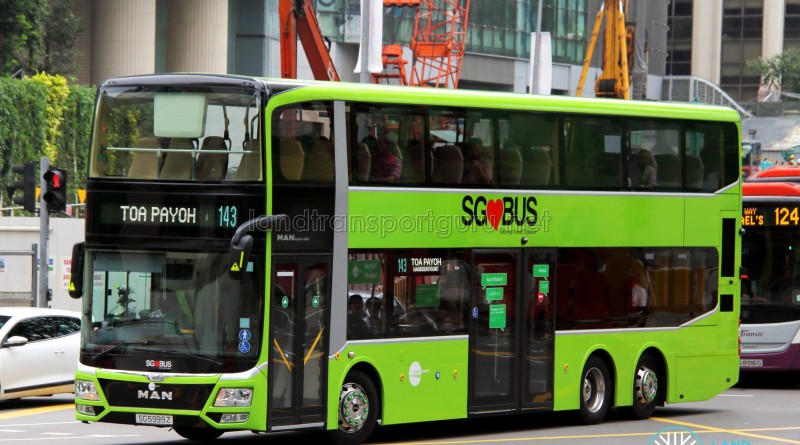
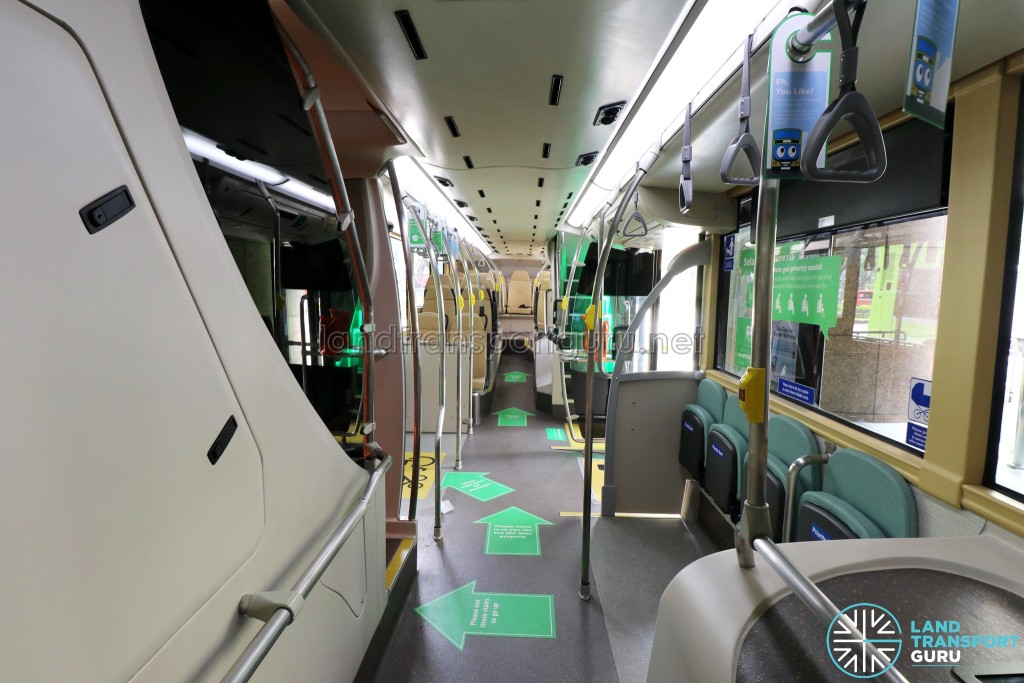
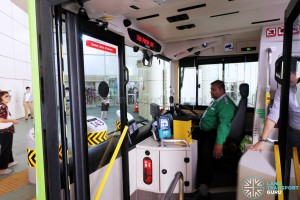
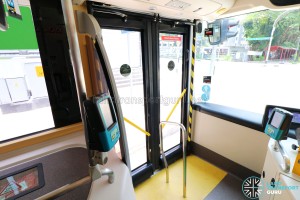
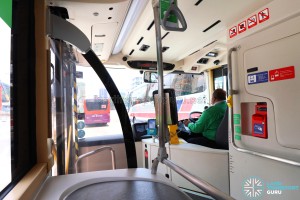
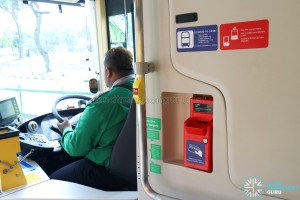
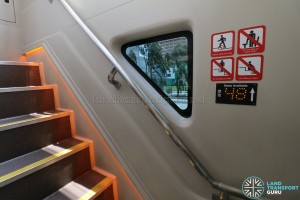
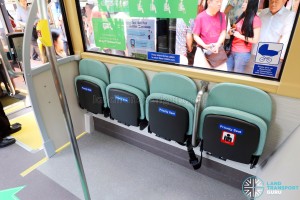
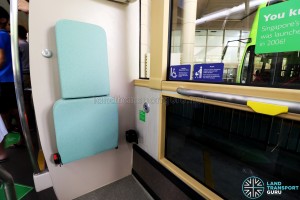
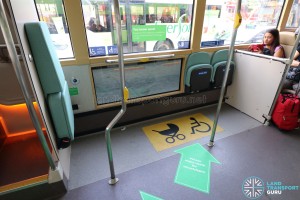
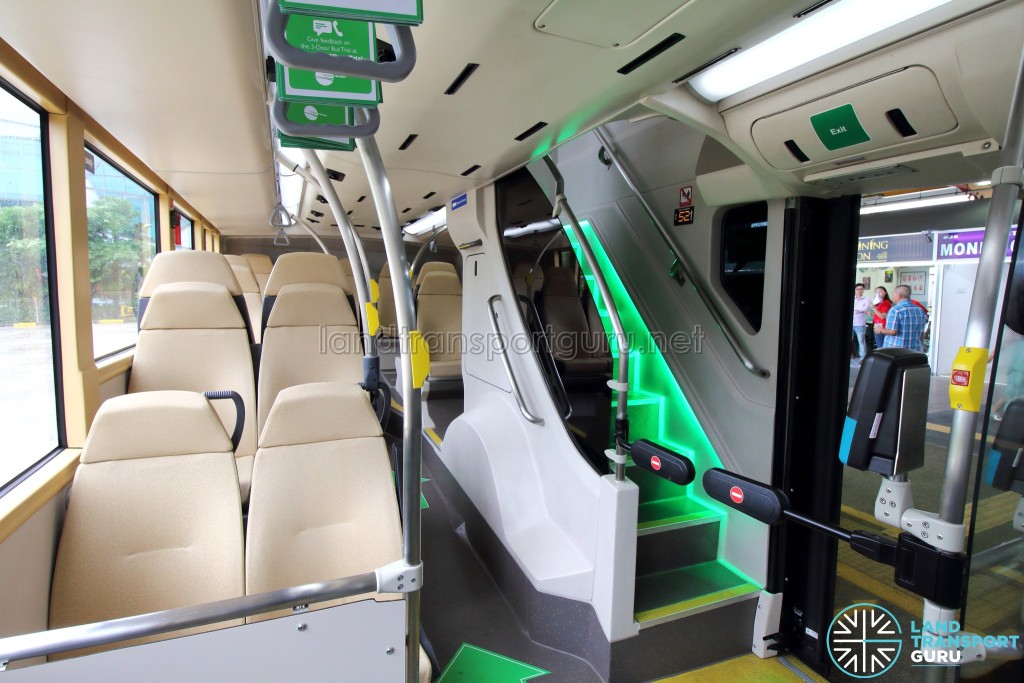
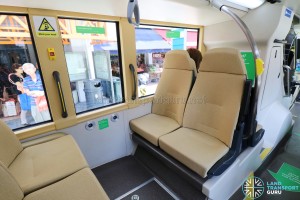
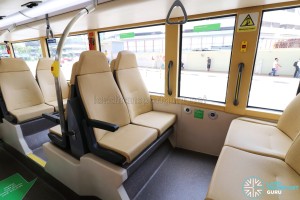
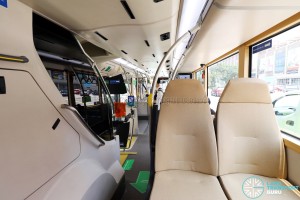
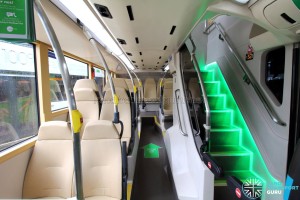
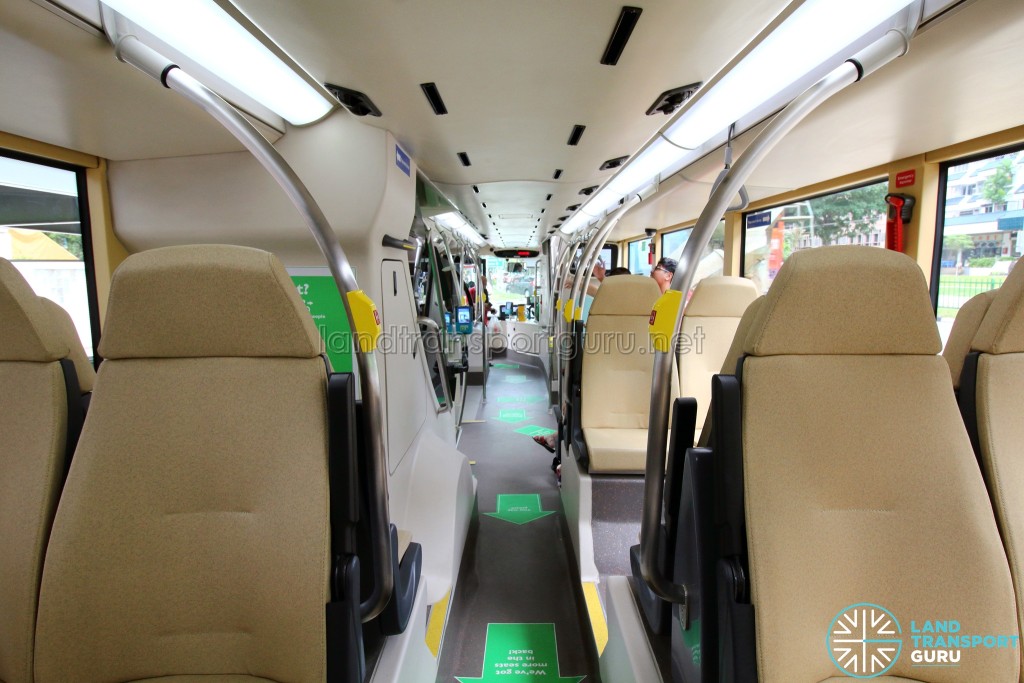

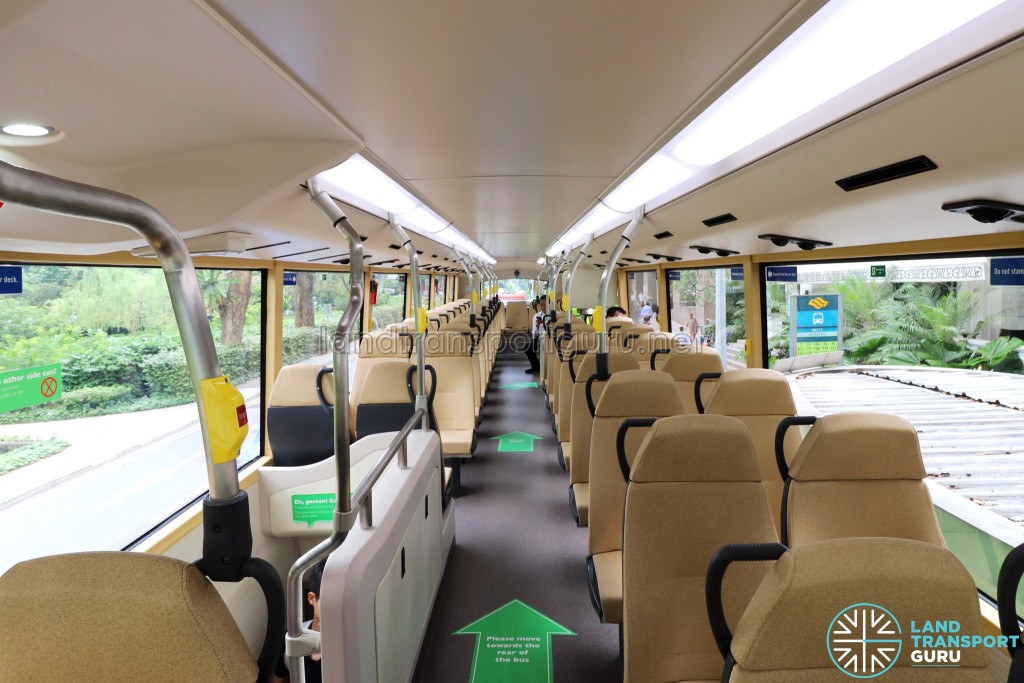
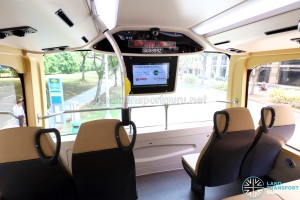
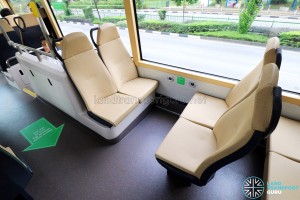
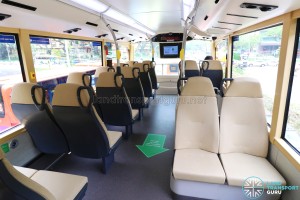
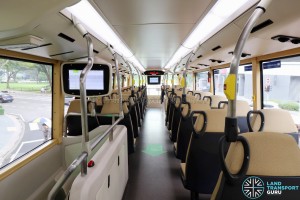

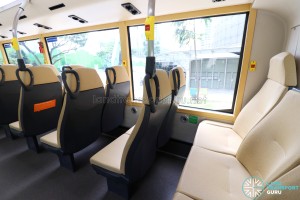
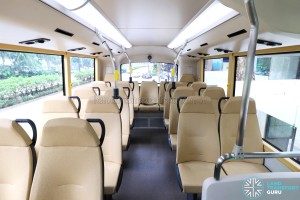
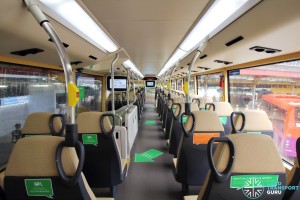
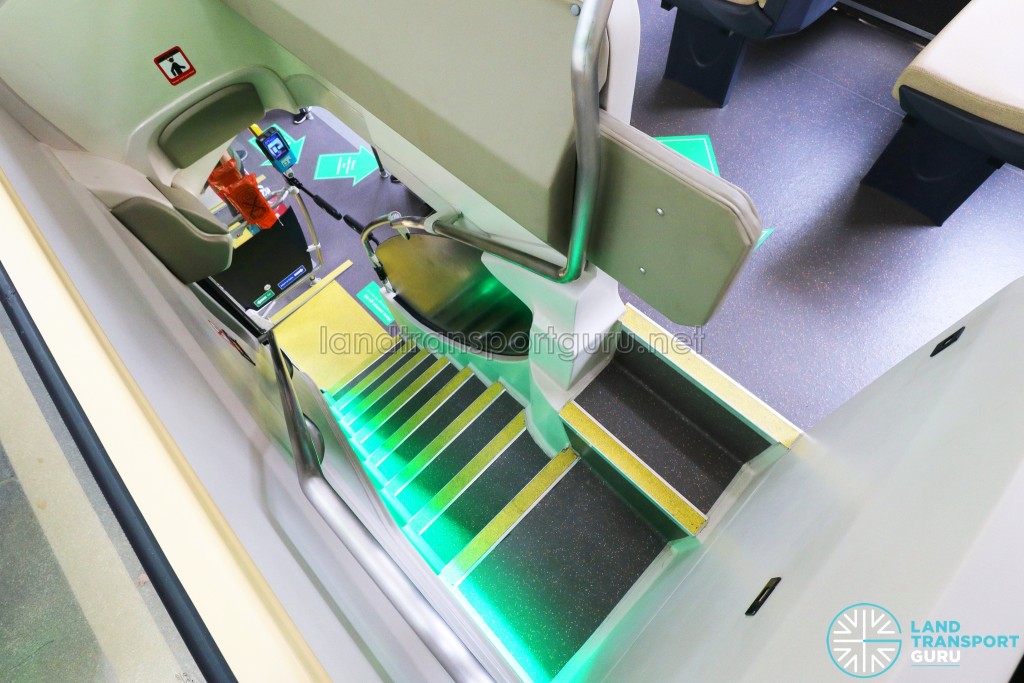


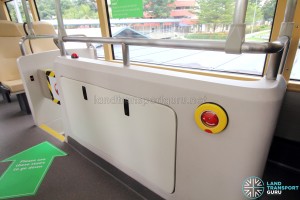

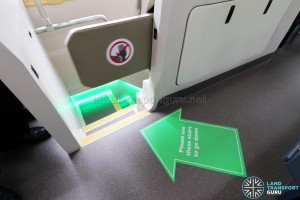
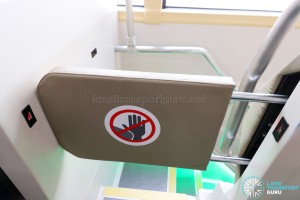

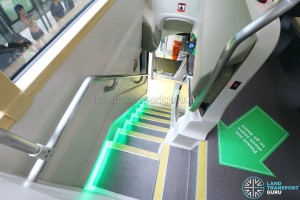
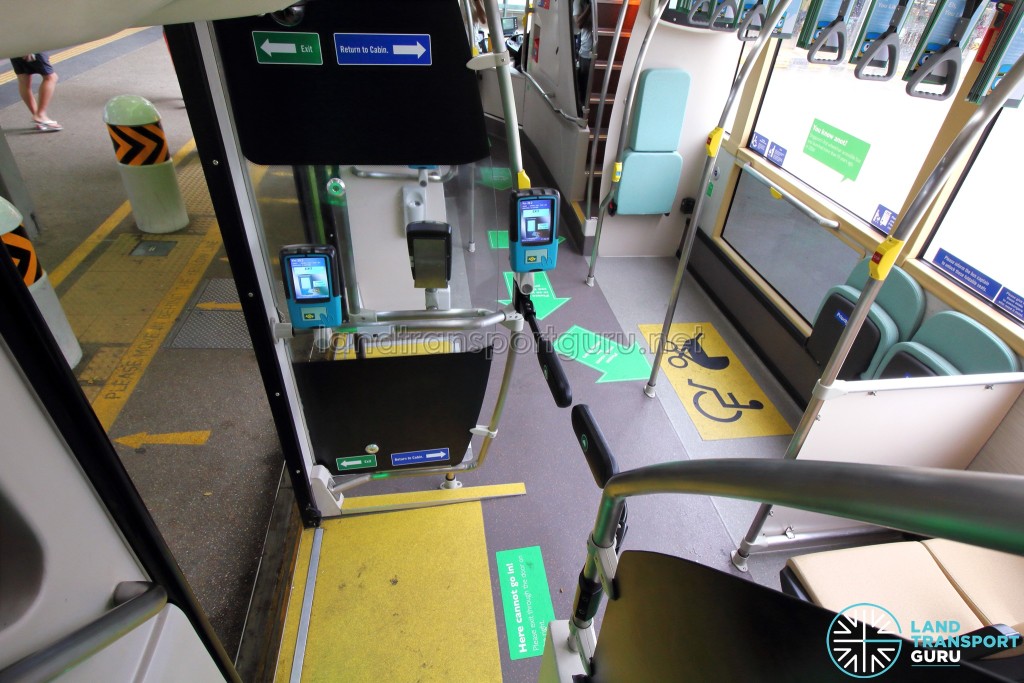

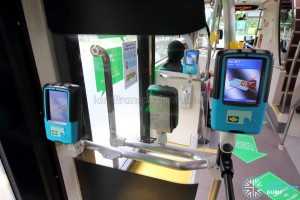
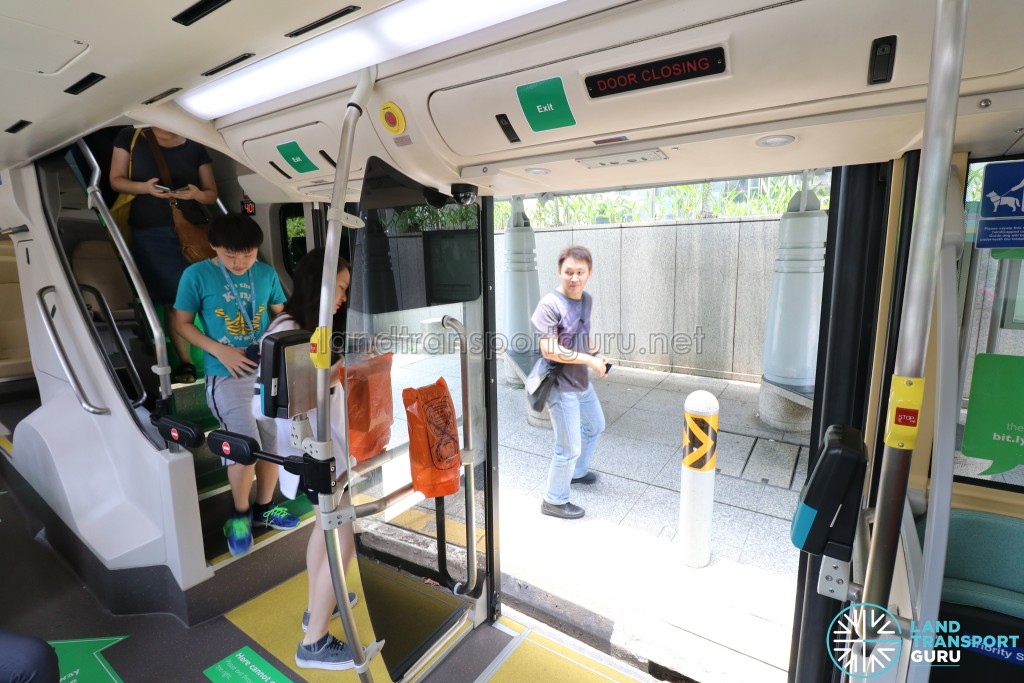
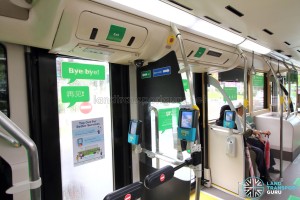
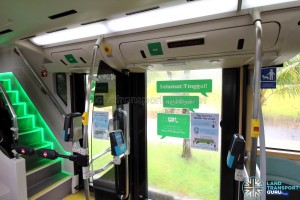
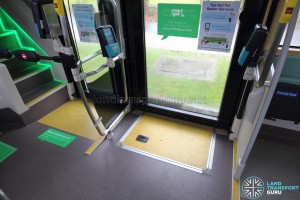
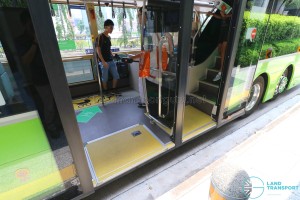
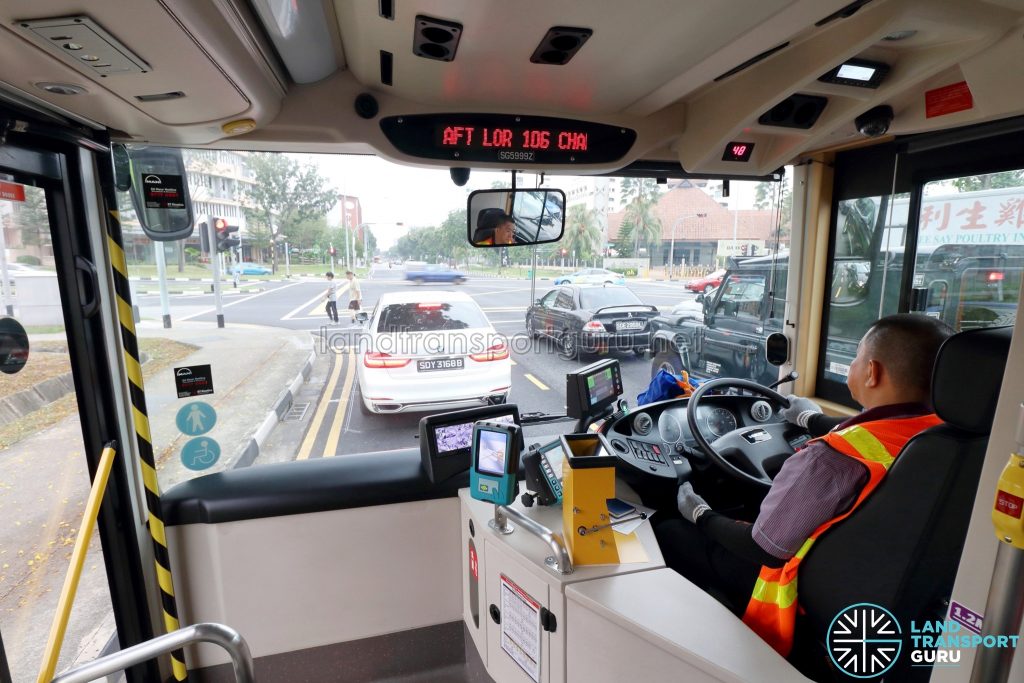
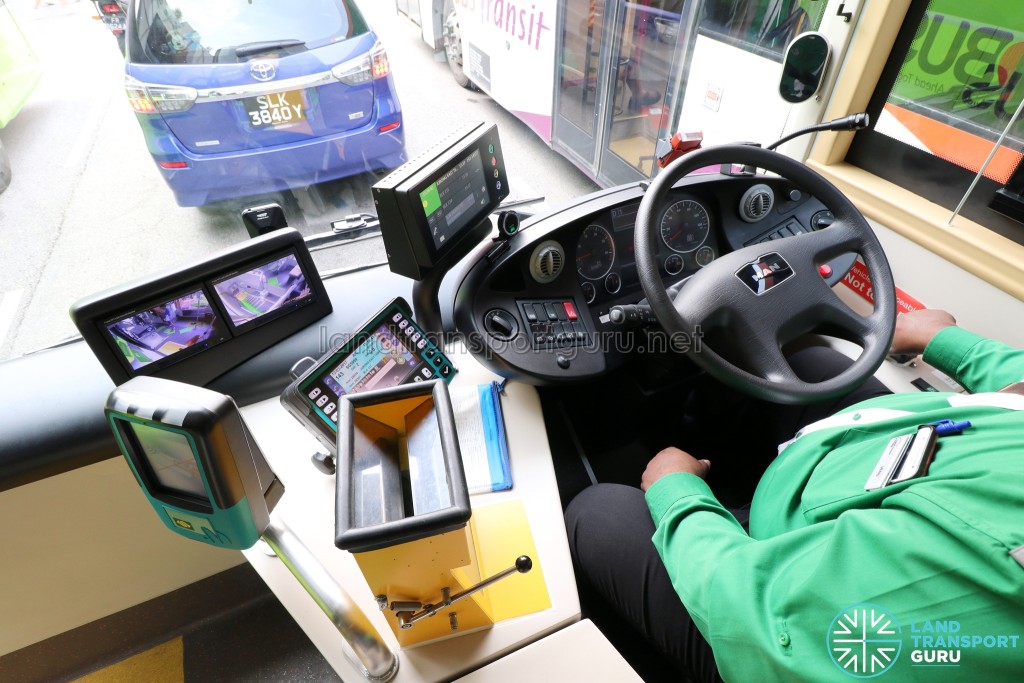
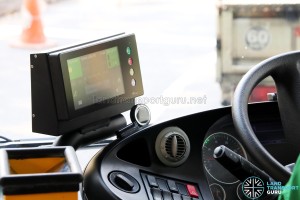
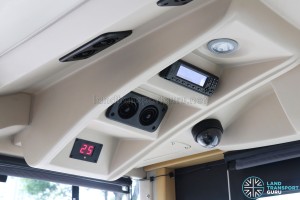
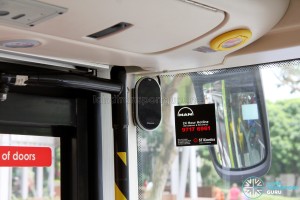
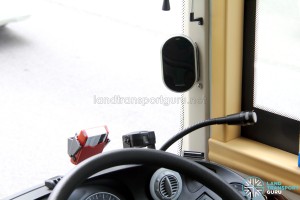
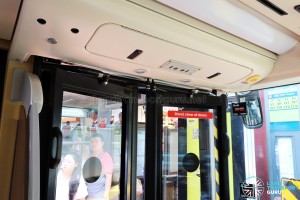
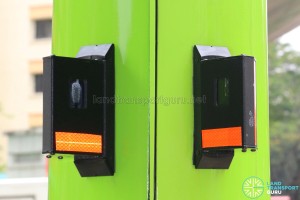
It is permanent on SBST Service 7 and 7A. It is currently active on the roads this year in 2022.
If you would like a specific timing, what I know is that SG5999Z comes between 4.50 and 5.10 at Dhoby Ghaut Station Exit B
Also found that 7 comes to Dhoby ghaut stn (beside plaza sing) at 6.37 (±2mins). This happened for 2 weekdays when i spotted it
spotted on route 7 just now at geylang road
I just spotted SG5999Z testing near Tanah Merah station with SBS logo still on. Could it be coming back to service?
It’s back today 1 Feb on Svc 7 saw it at bedok Interchange at 1200
Does anyone know the schedule for this bus from Clementi on Service 7?